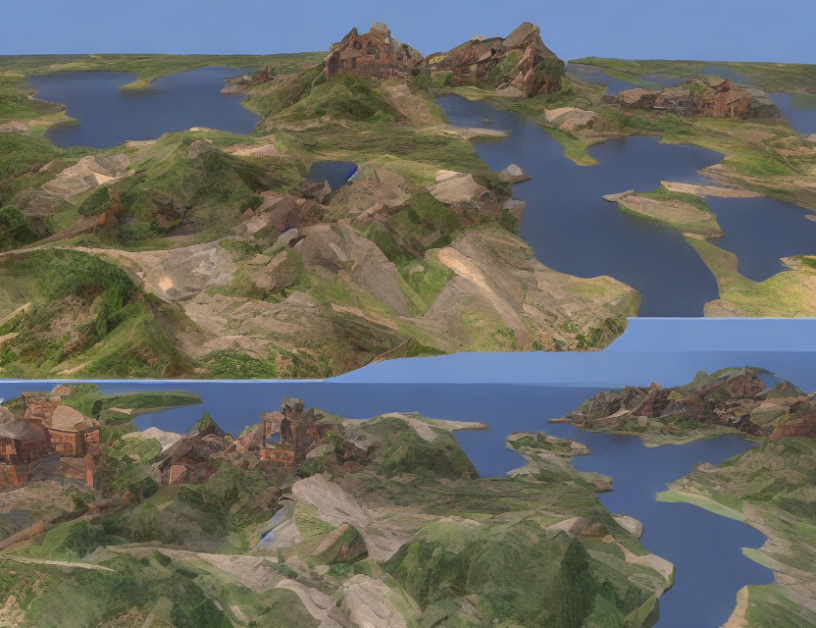In this article, researchers propose a new method for combining Neural Radiance Fields (NeRF) with Simultaneous Localization and Mapping (SLAM) systems. NeRF is a way to represent 3D scenes using a neural network, allowing for realistic rendering and manipulation of virtual objects. SLAM, on the other hand, is a technology that helps devices navigate their surroundings by building a map of the environment.
The proposed method, called NeRF-SLAM, combines these two technologies to create a more accurate and efficient mapping system. Traditional SLAM methods rely on explicit representations of the scene, such as point clouds or 3D models. In contrast, NeRF provides an implicit representation of the scene, which can be more convenient for real-time applications.
To integrate NeRF with SLAM, the authors propose a novel feature called "NeRF grids." These grids are used to represent the scene in a way that is optimized for SLAM, while still preserving the flexibility and accuracy of NeRF. The NeRF grids are created by dividing the 3D space into small cells, each of which represents a small portion of the scene.
The authors also introduce a new algorithm for computing the mapping between the NeRF grids and the SLAM map. This algorithm allows the system to update the SLAM map in real-time as the device moves around the environment. The resulting NeRF-SLAM system can provide accurate and efficient mapping in real-time, making it ideal for applications such as augmented reality (AR) and virtual reality (VR).
One of the key advantages of NeRF-SLAM is its ability to handle complex scenes with multiple objects and occlusions. Traditional SLAM methods can struggle with these types of scenes, but NeRF-SLAM is able to accurately represent them by combining the strengths of both NeRF and SLAM.
In summary, NeRF-SLAM is a powerful new method that combines the flexibility and accuracy of NeRF with the efficiency and real-time capabilities of SLAM. By integrating these two technologies, NeRF-SLAM can provide more accurate and efficient mapping in real-time, making it ideal for a wide range of applications such as AR and VR.
Computer Science, Computer Vision and Pattern Recognition
Neural Reconstruction of 3D Scenes: A Comprehensive Review



